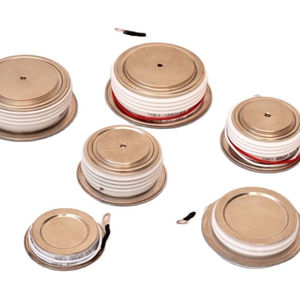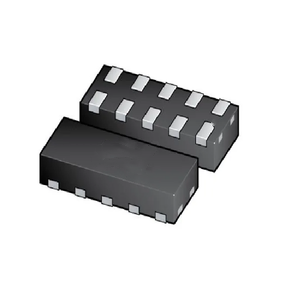Thyristors Online | High-Quality Power Semiconductors
**”Thyristors vs. Diodes: The Epic Showdown in Circuit Design”**
(Comparative Analysis: Thyristors Versus Diodes in Circuit Design)
When it comes to the world of electronics, few battles are as legendary as the clash between thyristors and diodes. These two components, though seemingly similar, are like the yin and yang of circuit design—each with its own strengths, quirks, and ideal applications. If circuits were a battlefield, thyristors and diodes would be the rival generals, each commanding their own loyal troops of electrons. So, let’s dive into this electrifying duel and see who comes out on top in the world of circuit design.
First, let’s meet the contenders. On one side, we have the diode, the unsung hero of electronics. Diodes are the gatekeepers of current, allowing it to flow in only one direction. They’re simple, reliable, and have been around since the dawn of electronics. Think of them as the steadfast soldiers who never falter, always doing their job without fuss. They’re perfect for rectifying AC to DC, protecting circuits from reverse polarity, and even emitting light in the case of LEDs. But don’t let their simplicity fool you—diodes are the backbone of countless circuits, quietly keeping the world powered.
On the other side, we have the thyristor, the more complex and mysterious cousin of the diode. Thyristors, also known as silicon-controlled rectifiers (SCRs), are like the special ops of the electronics world. They can control large amounts of power with precision, acting as a switch that can be turned on with a small signal but only turned off when the current drops to zero. This makes them ideal for applications like motor control, dimmer switches, and power regulation. Thyristors are the heavy lifters, capable of handling high voltages and currents with ease. But with great power comes great complexity—thyristors require careful triggering and timing to function correctly, making them a bit more finicky than their diode counterparts.
So, who wins in the battle of thyristors vs. diodes? Well, it depends on the battlefield. If you’re designing a simple circuit that needs reliable, one-way current flow, the diode is your go-to component. It’s cheap, easy to use, and gets the job done without any drama. But if you’re dealing with high-power applications that require precise control, the thyristor is the clear winner. It’s like choosing between a trusty sword and a high-tech laser gun—both have their place, but the choice depends on the mission.
One area where thyristors truly shine is in AC power control. Imagine you’re designing a dimmer switch for a light bulb. A diode could only chop off half the AC waveform, leaving you with a flickering, uneven light. But a thyristor can precisely control when the current flows, allowing you to smoothly adjust the brightness. It’s like having a dimmer knob for your entire circuit, giving you the power to fine-tune performance.
In the end, the real winner is the circuit designer who knows how to use both components effectively. Diodes and thyristors are like tools in a toolbox—each has its own purpose, and the best designs often use a combination of both. Whether you’re building a simple rectifier or a complex power control system, understanding the strengths and weaknesses of these two components is key to creating efficient, reliable circuits.
(Comparative Analysis: Thyristors Versus Diodes in Circuit Design)
So, the next time you’re designing a circuit, remember the epic showdown between thyristors and diodes. Choose wisely, and may your electrons flow smoothly!


